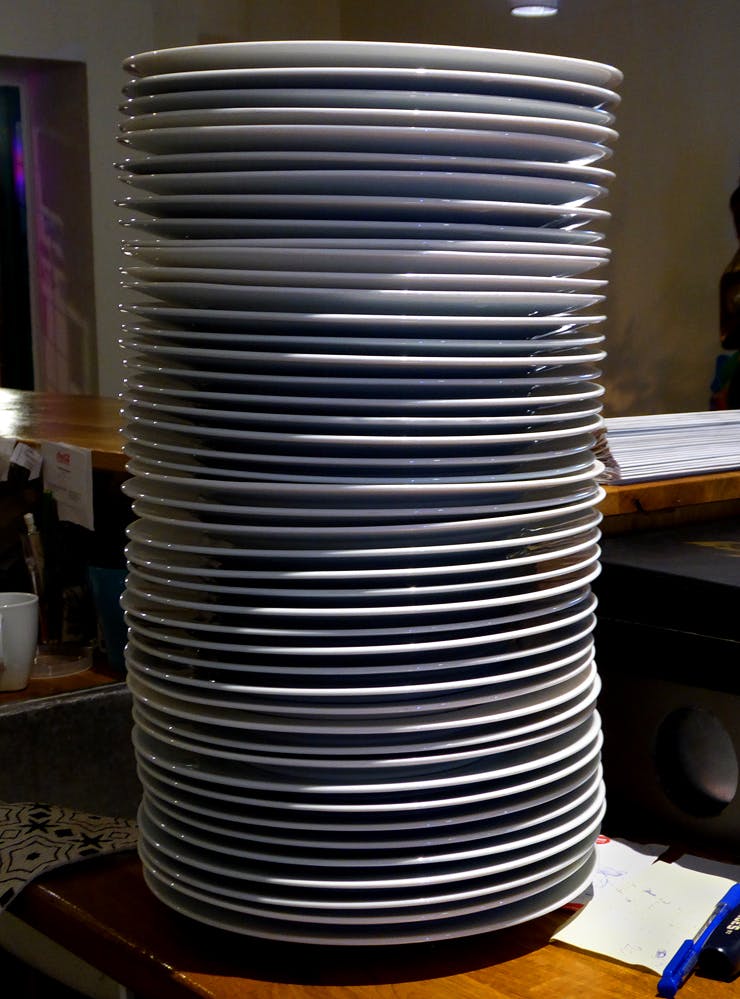Datastructures in JS Part 1: Stacks
TLDR;
- A stack in terms of computer science is a data structure to store a collection of elements
- There are two core functionalities for stacks
- You can ➕ add an element on top 🔝
- And also ➖ remove an element pop from the top (the most recently added element)
What is a Stack
In real-life situations, stacks can be found everywhere. In your kitchen where your plates are stacked on top of each other, you can see a perfectly working stack. If you have a clean plate you put it on top of the stack and if you want to get a fresh one you typically just take them from the top of the stack. There are literally thousands of memes about stacks.



Stacks in JavaScript
In JavaScript, stacks can be used to implement do and undo functionality.
The JavaScript language itself uses a call stack to figure out which function to call next. There is an awesome talk about how this works by Phillip Roberts and you can find a detailed explanation on MDN
You can implement a stack using an array. The following example shows an implementation using functions with a function constructor.
/**
* Represents a stack.
* @constructor
* @param {array} items - the array to store elements in the stack
*/
const Stack = (items = []) => {
let _storage = items
/**
* Returns and removes the top element of the stack.
* @return {*} the most recently added element of the stack
*/
const pop = () => {
return _storage.pop()
}
/**
* Adds a new element at then end (on top) of the stack.
* @param {*} element which should be put on top of the stack
*/
const push = (element) => {
_storage.push(element)
}
/**
* Returns the current size (length) of the stack
* @return {number} current size of the stack
*/
const size = () => {
return _storage.length
}
/**
* Returns the value at the end of the stack without removing it
* @return {*} the last and newest value in the stack
*/
const peek = () => {
return _storage[size() - 1]
}
/*
* @return {*} wheter no values are stored in stack
*/
const isEmpty = () => {
return _storage.length === 0
}
/**
* Empties the stack
*/
const reset = () => {
_storage = []
}
return {
pop,
push,
peek,
size,
reset,
isEmpty,
}
}
On Visaulgo you can also find awesome visual representations of a stack.
They used a list to implement the Stack instead of an array.
Real-world usage and Problems
Some real world use cases and questions where you can make use of a stack data structure.
- https://leetcode.com/problems/valid-parentheses/
- https://medium.com/techie-delight/stack-data-structure-practice-problems-and-interview-questions-9f08a35a7f19
Try it yourself maybe you can also find problems on https://adventofcode.com/ where you can make use of a Stack.
